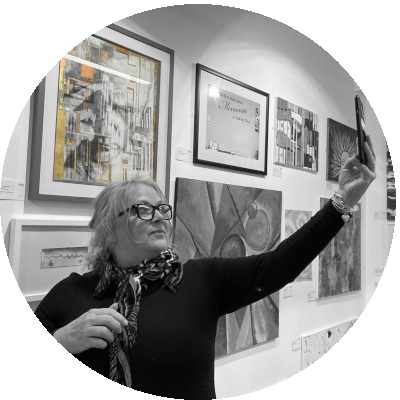
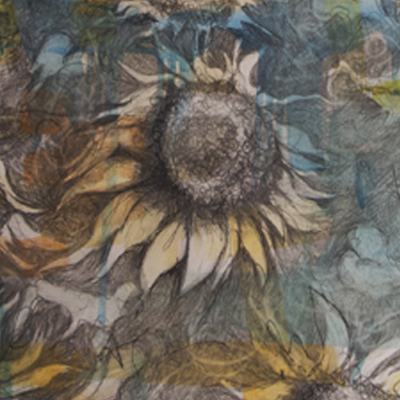
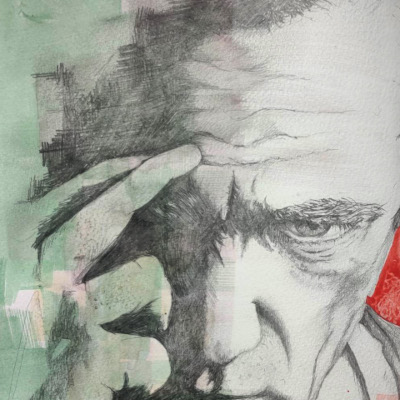

Artist Statement
In my mind’s eye, I picture an old office building with a long, dimly lit corridor lined with doors, each adorned with brass plaques. One plaque reads ‘Collections & Lists’.
Behind this door lies a room that serves as a repository of memory, filled with notebooks, photographs, objects, sketchbooks, music, films, and, of course, lists. These items form a personal archive, capturing fragments of lived experience, creative discovery, and emotional reflection. Within this space, I undertake what I call a "life audit."
My artwork examines the tension between the past and present, the fleeting nature of memory, and the subtle yet powerful links that persist across time, much like markers etched into sand slowly eroding. Memories are not static; they shift, fade, and transform. I capture this fluidity of creating these materials whether in the form of prints, photographs, or objects and deconstructing them.
Through processes of degradation, cutting, and altering, I fragment these images and objects, breaking them down into new forms. At times, these pieces are intentionally obscured or reduced; at others, the destruction enhances the memory, revealing deeper meanings. My process of reassembling these fragmented pieces serves as a metaphor for how we reconstruct our own memories - reshaped by time, distortion, and emotion.
The resulting body of work reflects on how memory evolves, how the act of remembering is both fragile and transformative, and how creative exploration allows us to hold onto, reshape, and even reimagine the past.
I invite viewers to join me on a journey of rediscovery, where memories are enhanced, misrepresented, and made.
Debra Danu Matthews. Artist Statement 2024
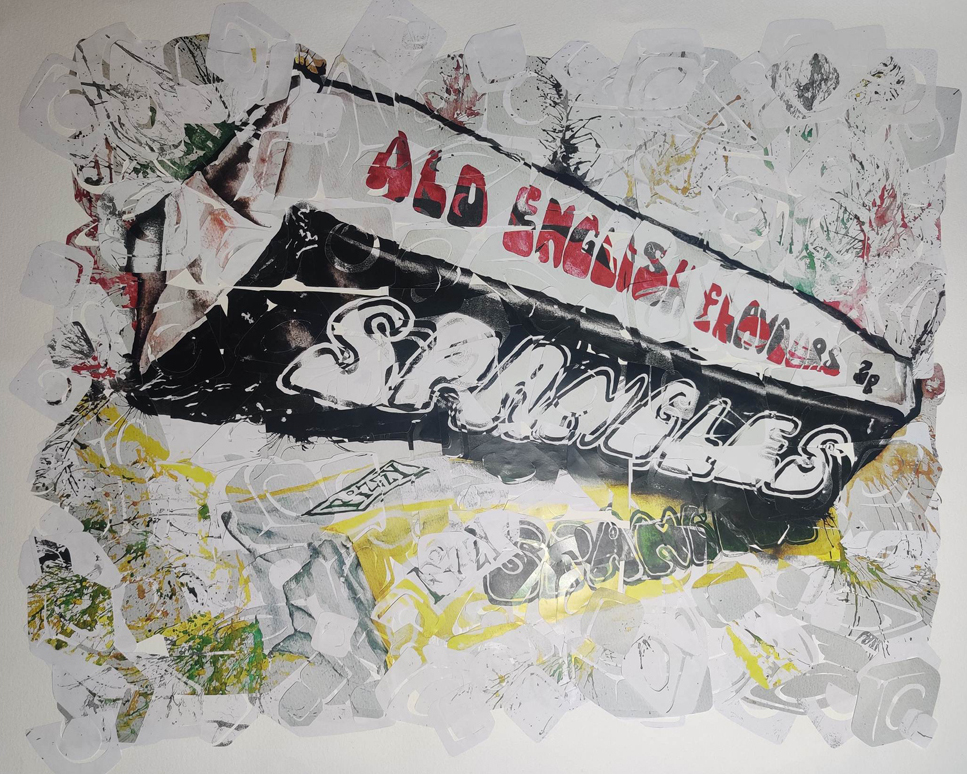

Work Method
My process begins by creating a painting where I immerse myself in the subject matter, exploring my emotions, memories, and connections related to it. During this stage, I also take note of other memories and associations that the subject evokes. The act of painting allows me time to contemplate and visualise both the final piece and the next stages of my work.
Once the painting is complete, I transform the image into various formats such as prints, photocopies, or photographs. These reproductions are deliberately enhanced or degraded during production, creating variations that evoke different responses. From this, I generate multiple materials that are sliced, cut, and fragmented - essentially creating a series of visual jigsaw pieces.
I then reassemble these fragmented pieces onto various backgrounds, with each placement choice either enhancing or diminishing the overall image. This process of deconstruction and reconstruction leads to a final piece that invites the viewer to look.
